Graphics Programs Reference
In-Depth Information
polygon models are frequently used in television and film work. In fact, a number of sci-
ence fiction TV shows use polygonal models almost exclusively for their special effects.
Because even complex polygon models can be made of a single surface, they're useful for
character animation work as well. Models in character animation bend and warp a good
deal, so having a single surface that won't separate at the seams can be advantageous.
You'll get hands-on practice with polygon modeling later in this chapter.
NURBS Modeling
NURBS is an acronym for
Non-Uniform Rational B-Spline. NURBS modeling
is based
on mathematics that is more complicated than the mathematics for polygons. Because
NURBS modeling requires more processing, this method is typically used for applica-
tions in which the rendering is done in advance, such as animation for film or television.
NURBS modeling
excels at creating curved shapes and lines, so it's most often used for
organic forms such as animals and people, as well as highly detailed cars and the like.
These organic shapes are typically created with a quilt of NURBS surfaces, called
patches
.
Patch modeling can be powerful for creating complex shapes such as characters.
NURBS geometry is based on Bézier curves, a math concept originally developed by
the French engineer Pierre Bézier. Bézier curves are drawn between
control vertices (CVs)
based on equations using cubic polynomials.
In essence, Bézier curves are created with a starting and an ending CV and at least two
CVs in between that provide the curvature. As each CV is laid down, the curve or spline
tries to go from the previous CV to the next one in the smoothest possible manner.
As shown in Figure 4.3, CVs control the curvature. The
hulls
connect the CVs and are
useful for selecting multiple rows of CVs at a time. The starting CV appears in Maya as a
closed box. The second CV, which defines the curve's direction, is an open box, so you can
easily see the direction in which a curve has been created. The curve ends, of course, on the
end-point CV. The start and end CVs are the only CVs that are always actually on the curve.
Figure 4.3
A Bézier curve and
its components
Curve CVs
Hull
End point
Start point
Curve direction
Span

























